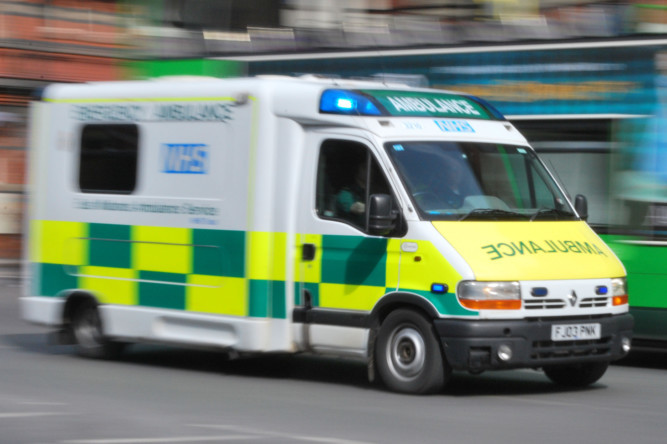
The most prolific NHS timewasters are calling 999 so often they are costing the health service enough to hire a team of paramedics.
A Sunday Post investigation has revealed individual patients are bombarding under-pressure ambulance services with hundreds of calls a year. One patient called the ambulance 636 times last year which cost the NHS at least £125,368 equivalent to the annual wage of four experienced paramedics.
Last night, experts accused repeat callers of draining scant NHS resources and risking lives. Unison’s head of health in the north Trevor Johnston said: “People doing this are wasting time and given the shortage of resources at A&E, it could be a massive life and death situation for another person.”
The Sunday Post sent freedom of information requests to ambulance trusts throughout the country, asking for details of the top 50 patients who called the ambulance most often known as “frequent flyers”. The majority of trusts did not provide a detailed response but two North East Ambulance Service NHS Foundation Trust and East Midlands Ambulance Service NHS Trust were able to reveal the massive scale of the problem.
The North East Ambulance Service said that during 2013/14 the 50 most frequent flyers made a combined 3,475 calls and on 2,441 occasions an ambulance was sent to their aid. The trust estimates it costs £152.21 for an ambulance to attend a patient when they do not require further hospital treatment and £188.54 if they do. If none of the frequent flyers needed hospital treatment they would have cost the NHS a minimum of £371,544.
The most prolific individual caller in the north east last year made 359 calls, of which 132 resulted in an ambulance attending at a cost of £20,000 if they didn’t go to hospital and £24,887 if they went every time.
The second most prolific caller made 272 calls but 200 required an ambulance to attend at a minimum cost of £30,442.
Meanwhile in the East Midlands, the most prolific caller made a staggering 636 calls last year equivalent to 53 every month.
Trust bosses said each call costs a minimum of £197.12 which means the patient cost the trust £125,368 and significantly more if they needed to go to hospital. Chief executive of the Patients Association Katherine Murphy claimed many frequent flyers turn to the ambulance service out of desperation.
She said: “We receive countless calls to our helpline from many people who are unable to obtain a GP appointment at a time when they need one.”
A spokesman for the North East Ambulance Service said: “It’s a small but persistent minority and can result in call handlers and ambulance crews getting tied up in unnecessary work.”
An East Midlands Ambulance Service spokesman said: “Having an ambulance travelling at speed to get to someone who doesn’t need medical help means it’s not available to go to a patient who is suffering a genuine, life-threatening emergency.”
A NHS England spokesman said methods for dealing with frequent callers should be agreed locally with other medical professionals.

Enjoy the convenience of having The Sunday Post delivered as a digital ePaper straight to your smartphone, tablet or computer.
Subscribe for only £5.49 a month and enjoy all the benefits of the printed paper as a digital replica.
Subscribe